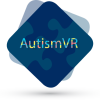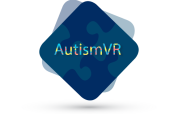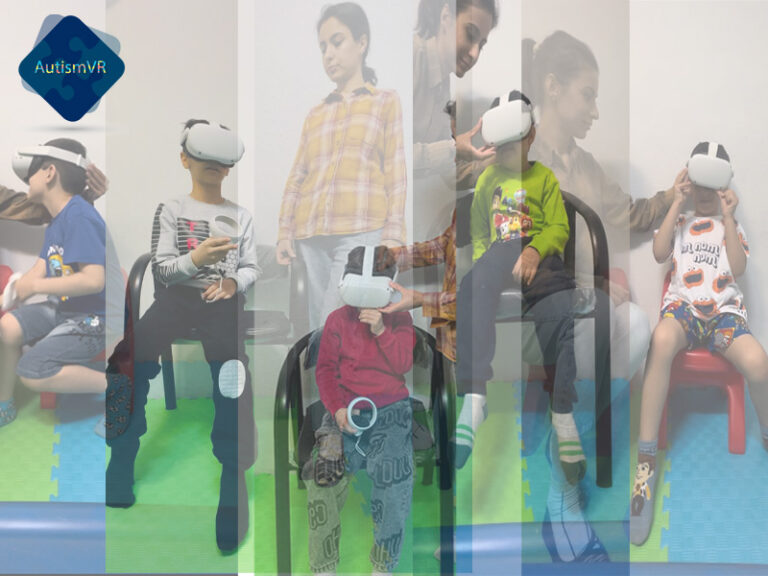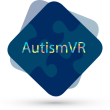Teaching math to children with Autism Spectrum Disorders (ASD) requires a thoughtful and individualized approach. While these children may face unique challenges, they also possess distinct strengths that can be leveraged in the learning process.
Utilize Visual Supports:
Children with ASD often benefit from visual aids due to their strong visual processing skills. Incorporate visual supports like number lines, charts, graphs, and manipulatives to help them understand mathematical concepts.
Break Down Concepts:
Simplify math concepts by breaking them down into smaller, manageable steps. Use clear and concise instructions, and ensure that each step is mastered before moving on to the next.
Incorporate Interests:
Engage children by incorporating their interests and preferences into math lessons. This can increase motivation and make learning more relevant to their lives.
Use Technology:
Technology, such as educational apps and software, can provide interactive and engaging ways to practice math skills. These tools often offer immediate feedback, which is beneficial for children with autism.
Create a Structured Environment:
A structured and predictable learning environment can help reduce anxiety and distractions. Use consistent routines and clear expectations to create a sense of stability.
Incorporate Hands-On Learning:
Hands-on activities and manipulatives can make abstract math concepts more concrete and understandable. Use objects like blocks, counters, or abacus beads to represent numbers and operations.
Provide Clear and Specific Feedback:
Offer immediate and specific feedback to reinforce correct responses and gently correct errors. Positive reinforcement can boost confidence and encourage continued effort.
Foster Social Learning:
Encourage collaborative learning opportunities, such as working in pairs or small groups, to develop social skills and learn from peers.
Adapt to Sensory Needs:
Be mindful of sensory sensitivities and create a learning environment that accommodates these needs. This may involve minimizing distractions, adjusting lighting, or providing sensory breaks.
Emphasize Real-Life Applications:
Demonstrate how math concepts apply to real-life situations. This can help children with autism see the practical value of math and enhance their understanding.
Teaching math to children with autism requires patience, creativity, and a deep understanding of their unique learning needs. By employing these strategies, educators and parents can create a supportive and effective learning environment that enables children with autism to thrive in their math education. As we continue to learn more about autism and education, these approaches will undoubtedly evolve, offering even more opportunities for success.













